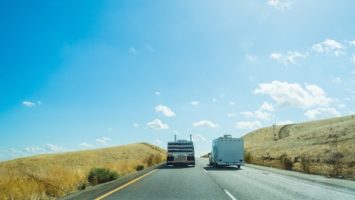
InnoSpring, along with Nantong University and Australia’s Swinburne University of Technology Design Factory, will work with ME310 graduate students at the Stanford Design School to focus on smart building design for 2017. As a corporate partner, InnoSpring provides students with a project framework as well as insights and knowledge to help them build skills and experience, leveraging its expertise in the smart building industry. ME310 is a course focused on tackling design innovation challenges posed by global corporations in collaboration with leading global universities.
“The d.school’s mission aligns closely with InnoSpring’s mission to provide an ecosystem for global innovators,” said Dr. Xiao Wang, chief fire starter and general manager at InnoSpring in Silicon Valley. “Having built and honed an extensive knowledge base and US-China network, we look forward to taking this journey with the best and brightest researchers and corporations in the construction and Industrial IoT industries from US, China and Australia. We’re also excited to leverage the ‘design thinking’ approach that the d.school has pioneered with this partnership and sharing our smart building and startup insights.”
This project will take students to Nantong, China, where InnoSpring has a Smart Building Research Institute and running a pilot project showing the implementation of emerging Building IoT technologies within one of the buildings in the InnoSpring Nantong Science Park campus.
“We are grateful to have found in InnoSpring a synergistic partner that brings real-world global expertise and diversity that enriches our graduate program,” said Larry Leifer, founding director at the Center for Design Research at Stanford University, Professor of Mechanical Engineering Design and principal instructor for the ME310 curriculum that engages InnoSpring. “The smart building design challenge is highly relevant for today’s economic, social, political and cultural issues, with many opportunities to lead design principles in the creation of smart cities and buildings.”


